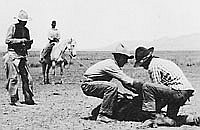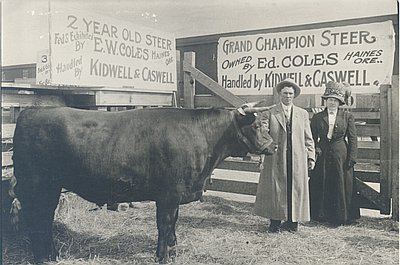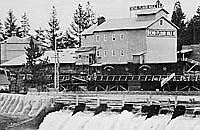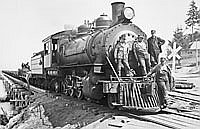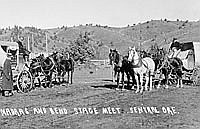Into the Twenty-first Century
Throughout the 1990s, central Oregon reached one of the highest rates of growth in the state. Between 2010 and 2013, Deschutes County population increased by 5.2 percent, the highest growth in the region. This has led to political conflicts over growth issues, especially in smaller communities such as La Pine and Terrebonne. Utility infrastructure has had a difficult time meeting the demands of new sub-divisions. Prior to 1980, Bend had no sewer system, and Sisters has installed sewers only in the past three years.
The recent demographics of central Oregon reflect the influx of Latinos. The first came in the 1960s and 1970s to work on the farms and ranches in Jefferson and Crook counties. In more recent years, they have filled the ranks of service workers and construction workers throughout the area. According to the 2010 census, Jefferson County had the highest number of Latino residents at 19.8 percent, followed by Wasco County (15.9 percent), Deschutes (7.9 percent), Crook (7.5 percent), and Wheeler (4.6 percent). Indians form another significant community in Central Oregon, with the majority living on or near the Warm Springs Reservation in Jefferson (18.4 percent) and Wasco (4.6) counties. Jefferson County has the highest percentage of Indian residents in the state, ten times the state total of 1.8 percent. Indians comprise between 1.1 and 1.5 percent in the remaining counties. In the region, Asian Americans and African Americans constitute 0.74 and 0.44 percent of the population, respectively.
Retirees from other parts of the United States are also an important part of the demographic mix. Most of the retirees are financially independent, but many enter the workforce as part-time employees or entrepreneurs. In 2013, 21 percent of the region was over the age of 65.
In 1905 central Oregon was behind the times. The region was slow to join the new century, lagging behind the rest of the state in population, infrastructure, and economy. In the last hundred years that situation has changed. The industrial years brought a viable economy to central Oregon, and the post-industrial period is showing promise of economic and cultural substance. The great question for the future is whether central Oregon will become dependent on tourism and land-developments or will develop a regional identity as a healthy and distinctive place to live and work.
© Ward Tonsfeldt and Paul G. Claeyssens, 2004. Updated and revised by OHP staff, 2014

